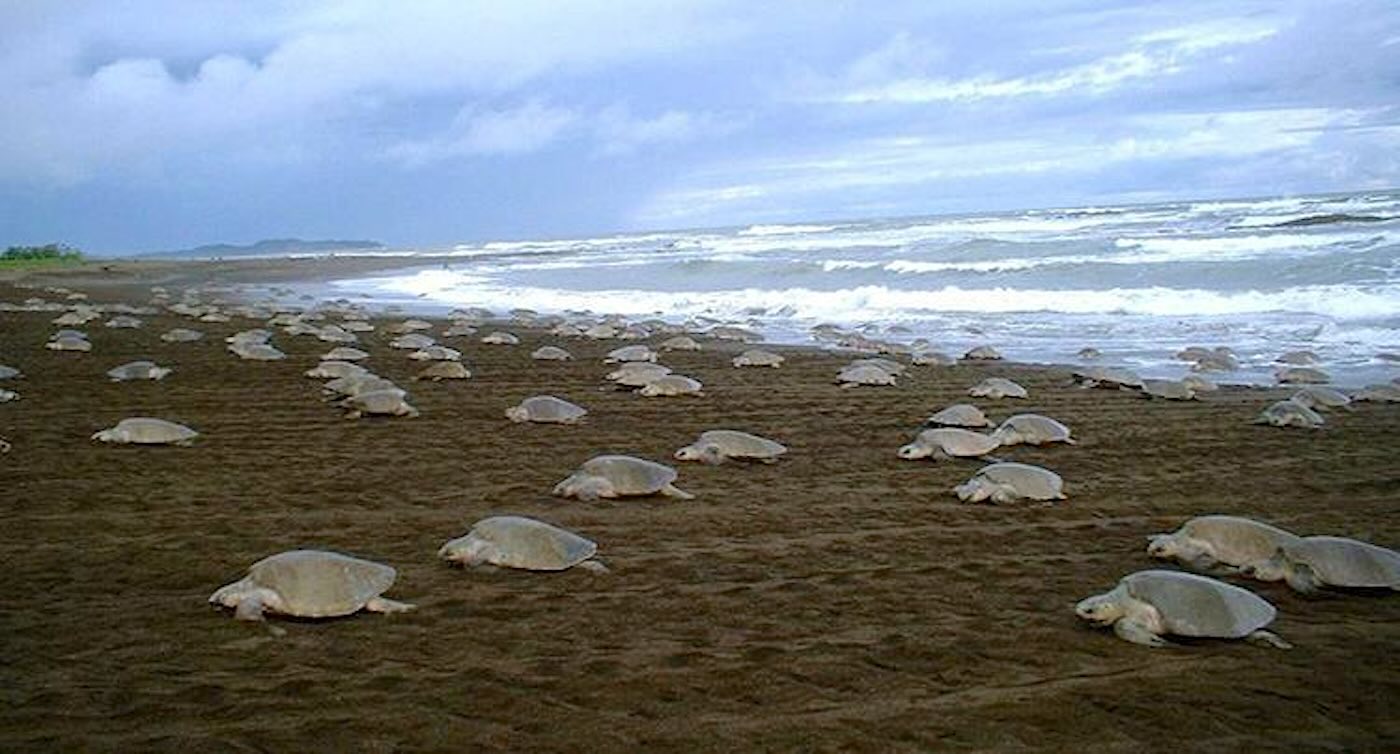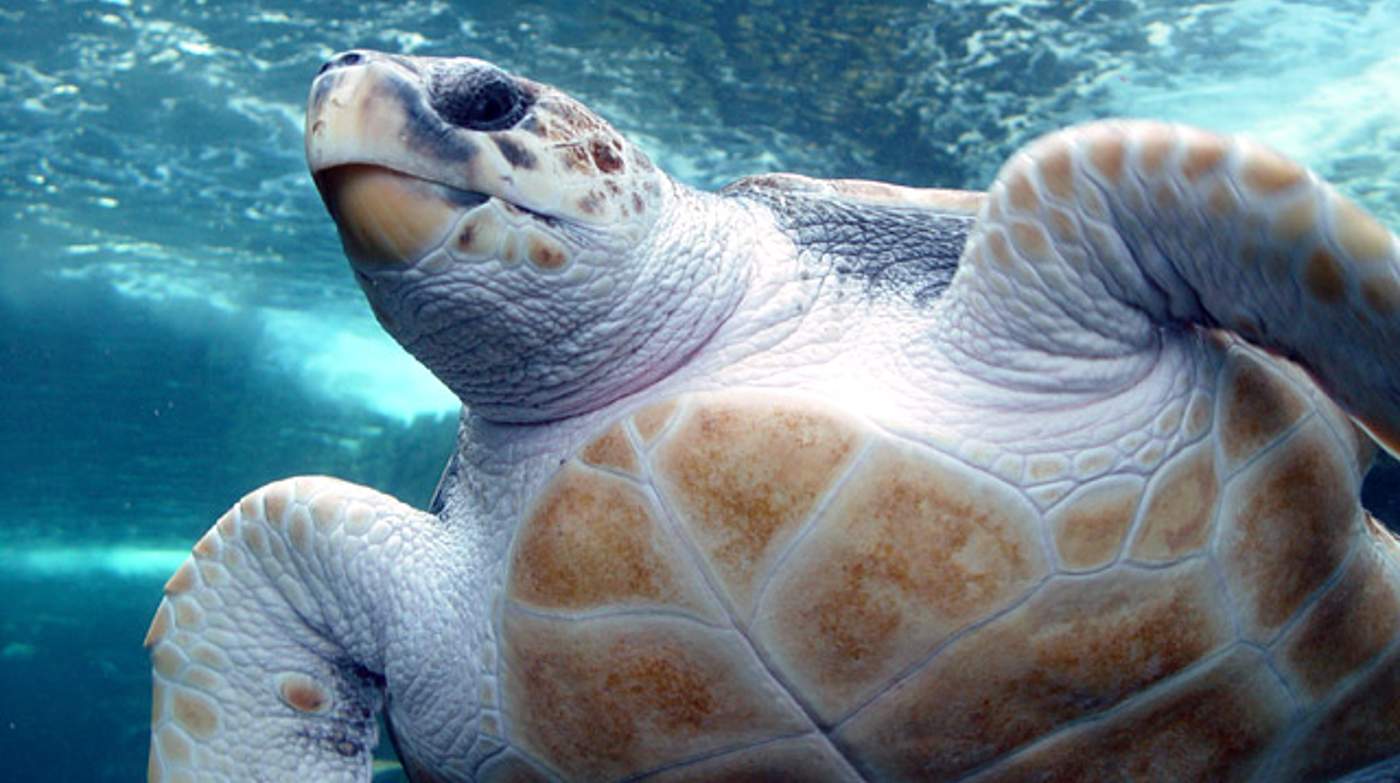Sea Turtles Rebounding Worldwide As Nests And Habitat Are More Protected, Says 2025 Noaa Study

Once hammered by overhunting and habitat loss, sea turtles have persevered with new protections and conservation efforts—and a new study has found their populations are still rebounding, even as oceans change.
“Sea turtles are a shining light of marine conservation with recoveries of many nesting populations,” said Marine Science Professor Graeme Hays at Deakin University in Australia.
Scientists at the University joined NOAA Fisheries researcher Jeffrey Seminoff to review the status of all seven species of sea turtles around the world.
They found most sea turtle populations rebounding worldwide, with more turtles nesting at beaches with stronger protections in place. For instance, artificial lighting that can confuse baby turtles trying to find the ocean has been reduced or removed in many locations, and many regional fisheries have adopted measures to avoid catching turtles.
The findings published in Nature Reviews Biodiversity can help biologists shape fishing seasons to reduce the risk of mistakenly catching sea turtles in fishing nets.
“When I think of sea turtles, the first word that comes into my mind is resilience,” said Jeffrey Seminoff, a research scientist who specializes in sea turtles at NOAA Fisheries’ Southwest Fisheries Science Center. “Give them a chance to thrive and they will take advantage of it.”
People and governments now value turtles
Seminoff said the increasing numbers of sea turtles around the world also reflect a change in public values. Younger generations don’t see turtles as commodities to hunt and sell, and former poachers in some places now lead tours to view nesting turtles as a part of ecotourism that provides alternative work for villagers.
The decline of Caribbean and other sea turtle species around the world has been curbed, thanks to countries more widely protecting the species with laws such as the Endangered Species Act in the United States instituted in the 1970s and 1980s.
DID YOU KNOW? Unanimous US Senate Votes to Protect Sea Turtles and Dolphins from Driftnets in the Last Spot That Allows Them
This new review of data from nesting beaches around the world show “significant population increases were three times more common than significant decreases,” the scientists wrote.

They analyzed almost 300 different records of turtle numbers over time, finding “a generally encouraging picture of stable or upward trends across species and subpopulations.”
Compared to 2024, “significant increases were six times more frequent than significant decreases.”
For instance, four of five regional populations of green sea turtles are increasing, including a 500% increase in eggs laid in the Seychelles.
Most nesting sites—including the largest loggerhead maternity ward in the Mediterranean—also showed sharp increases for that species, some by nearly two orders of magnitude. For example, between 2008 and 2020 the annual number of loggerhead nests increased from around 500 to 35,000 in Cape Verde in the North Atlantic Ocean.
Less information is available about hawksbill, olive ridley, Kemp’s ridley, and flatback turtles, but most show increases in individual populations—and a recent GNN article documented thousands of olive ridley turtles taking over their nesting beaches in India.
Leatherback turtles, the largest of all sea turtles, are struggling most, with several populations in decline. These turtles can grow to the size of a small vehicle and often migrate thousands of miles across the oceans in search of prey in between nesting seasons.
Climate change is warming oceans and nesting beaches. However, new evidence shows that loggerhead sea turtles in the Mediterranean may be starting to nest in cooler areas. “If newly colonized sites are in cooler locations than previous sites, the population could be buffered against future warming,” said the team. Turtles could also begin nesting at some beaches earlier in the year, for example, before temperatures warm up.
Turtle Tech Solution: New Technology for Saving Endangered Sea Turtles Uses Decoy GPS Eggs to Catch Poachers – And it Works
There are two exceptions to these positive trends. Pacific leatherback turtles—which make a treacherous round-trip migration from Indonesia to feed along the Pacific Coast of North America—are declining. Rare leatherbacks in the Caribbean are also on the decline. Climate change affects sea turtles, scientists said, but many populations are now in better shape to weather the impacts.
Seminoff said the bottom line is this: “When you stop hunting and otherwise harming species and they regain their ecological foothold, they can again become a thriving part of the marine ecosystem”.






Please be good and do not spam. Thank you.